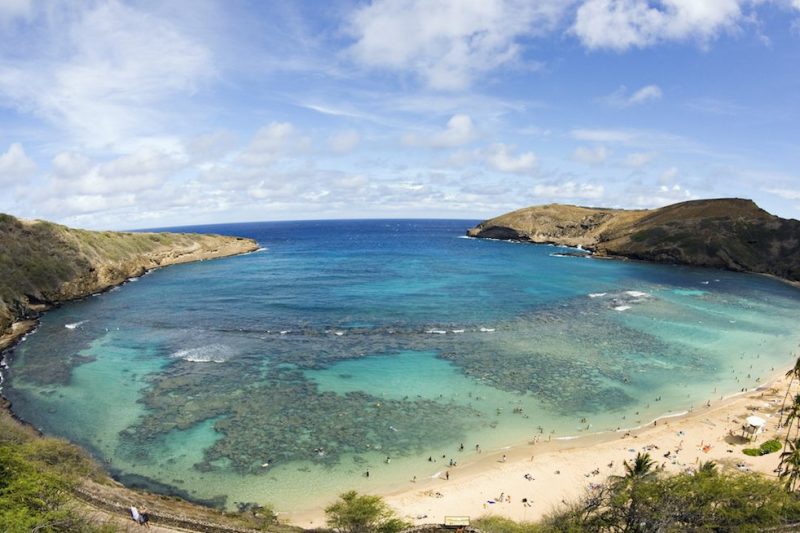
President George W. Bush established what was the world’s largest marine reserve in Hawaii in 2006. In 2016, President Barack Obama more than quadrupled it. The Papahanaumokuakea Marine National Monument now spans 582,578 square miles of sea and land in the Northwestern Hawaiian Islands. (To put that in perspective, Texas is under 270,000 square miles.) It’s part of a trend by numerous nations of creating ocean preserves to protect our seas. They’re being established quickly enough it should be asked: Do they actually work, or do the downsides outweigh benefits?
To begin, it should be noted just how massive the oceans are. Covering over two-thirds of the Earth’s surface, there are nearly 139.7 million square miles. Even the most ambitious ocean preserves leave the vast majority of the planet’s waters untouched. And at a glance, anyone can see the benefits of wanting to preserve gorgeous parts of the natural world. (Every traveler who has ever explored Hawaii would be devastated by anything happening to those incredible surroundings.)
Yet there are implications to ocean preserves that may not have been fully considered. Kirsten Grorud-Colvert and Jane Lubchenco investigated this topic for Smithsonian Magazine. They, on the whole, are extremely supportive of ocean preserves, noting, “The benefits of establishing well-designed and enforced fully protected MPAs [marine protected areas] are well-documented.”
There do, however, note the significance of ocean preserves being “well-designed.” In particular, they have a concern about fishing. Not so much massive commercial fishing enterprises, but the 870 million people who “depend directly on the ocean for food and livelihoods.” They write:
“Although restricting access to some areas at sea can shift fishing effort elsewhere, both experience and theory demonstrate that recoveries within strongly protected areas can more than offset losses. Nonetheless, greater effort to employ strategies that are known to effectively offset short-term costs is needed to achieve long-term benefits.”
Quite simply, they recognize that by protecting chunks of the ocean, fish populations can thrive. Indeed, often they can thrive so much that they eventually spread to places where they can be safely fished. However, if the needs of the fishermen in the short-term are ignored, it creates an incentive to for them to violate ocean preserves. (And, with the seas so massive, they can be decidedly difficult measures to enforce.)
In short: A well-designed preserve can benefit everyone included fishermen; a poorly planned one may be doomed to failure.
To read the full article and learn more about the complexities of this issue, click here.
—RealClearLife Staff
This article was featured in the InsideHook newsletter. Sign up now.























